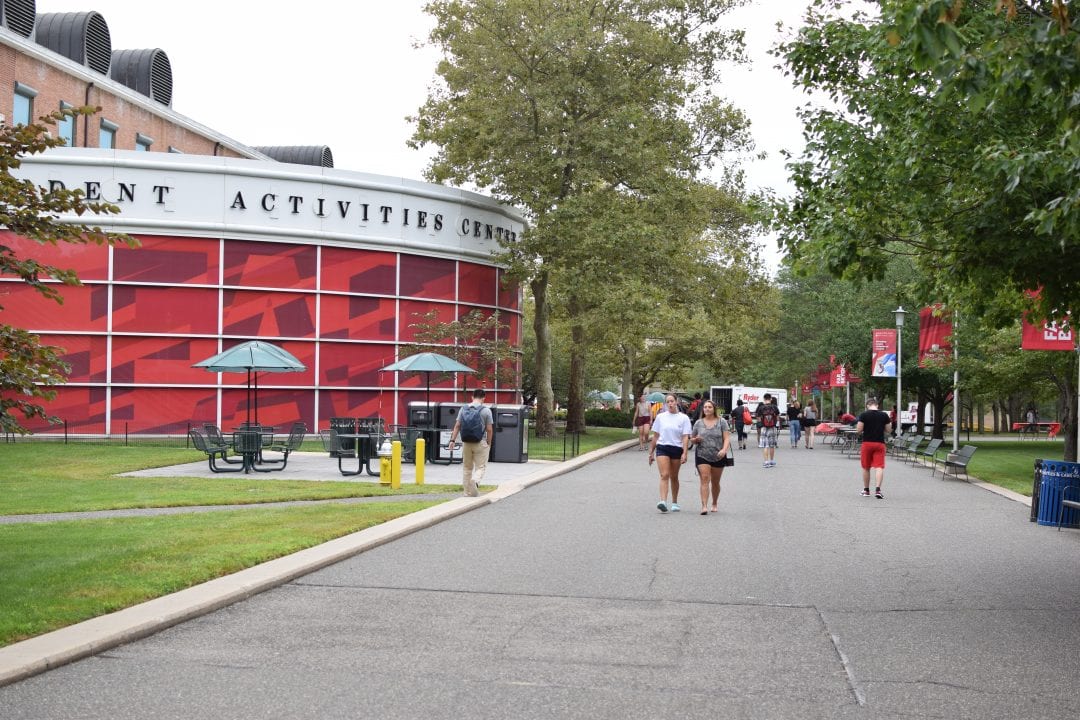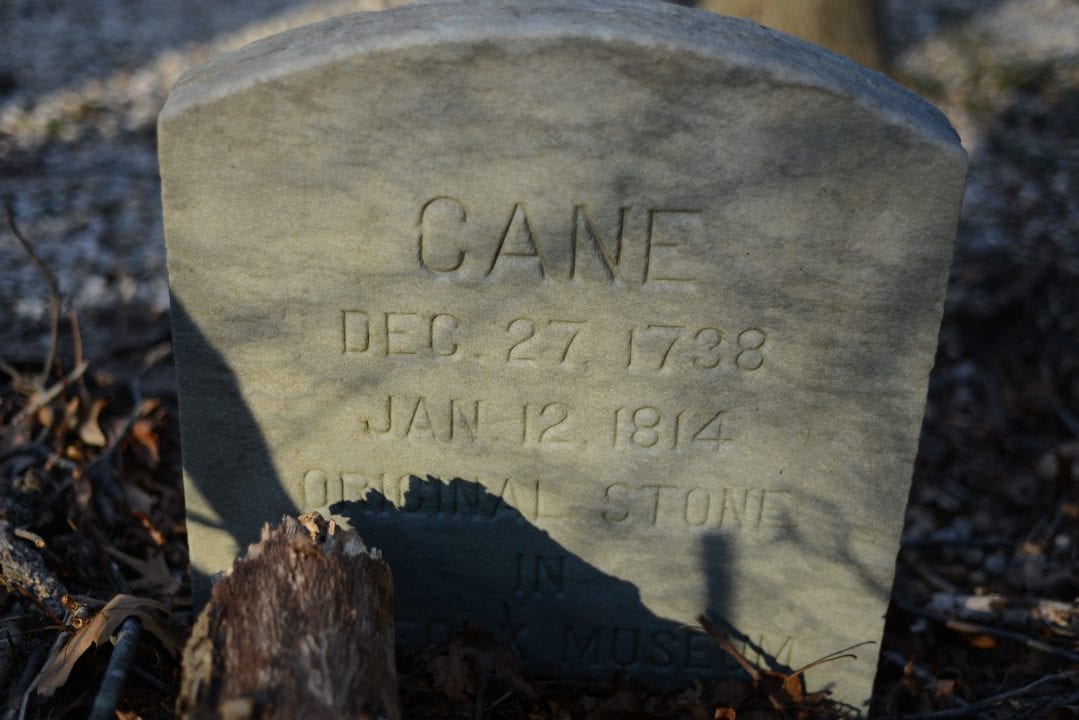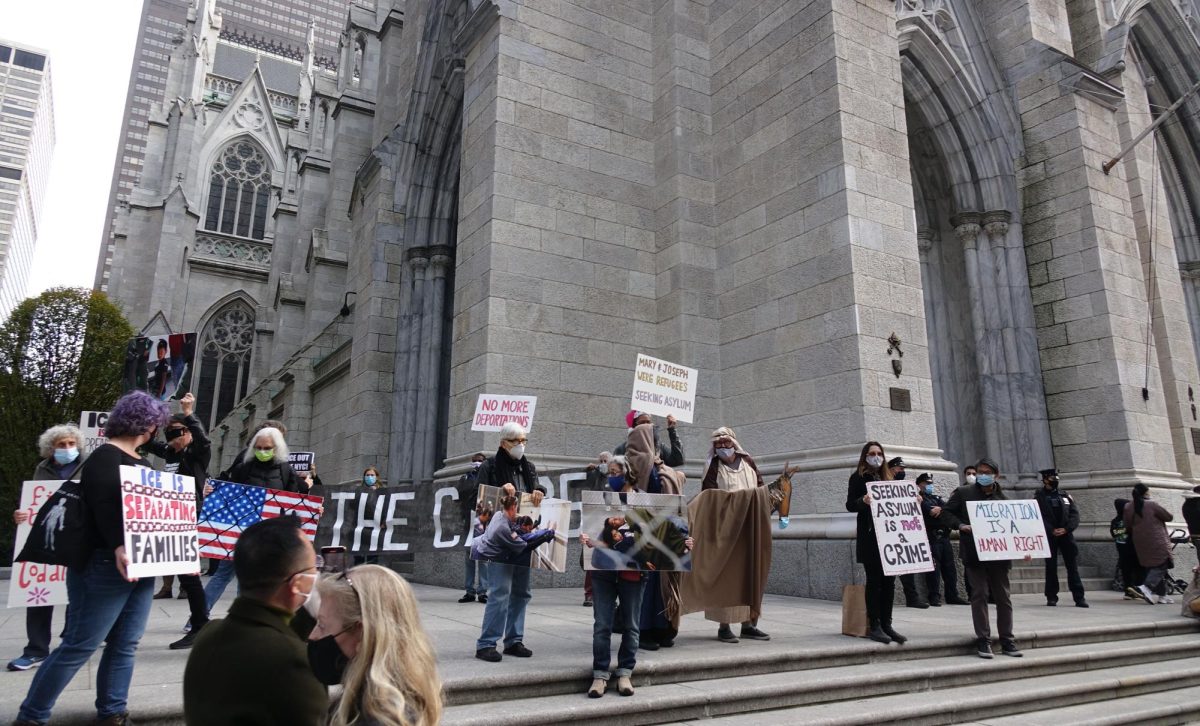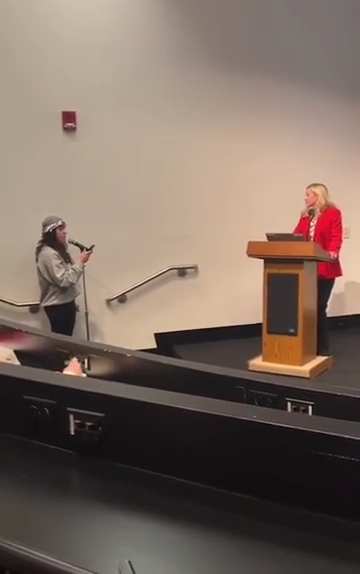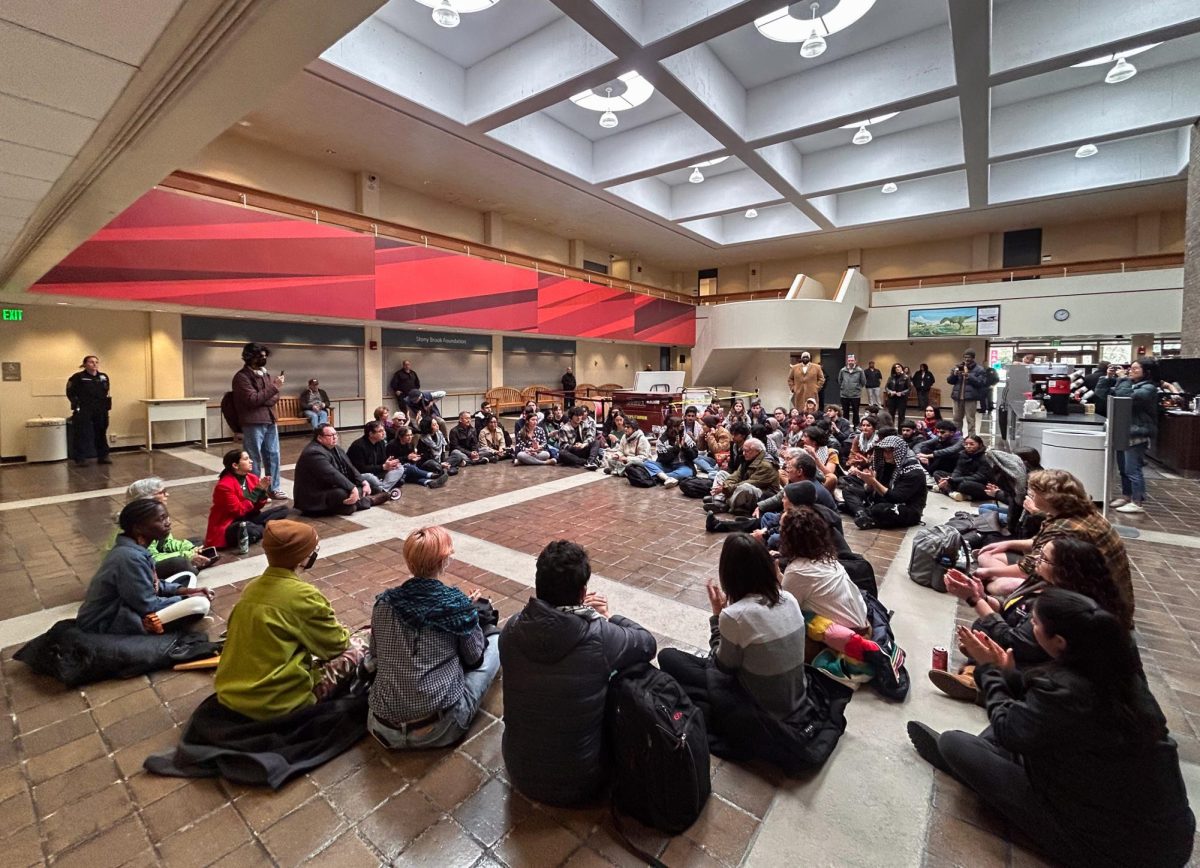
As high school students start sending in their applications for colleges, the final choice will often come down to which school will leave them with the least amount of debt.
Stony Brook University’s undergraduate in-state tuition is $6,670 per academic year before additional fees such as housing, meal plans, books and other college expenses. When all the fees are added up, the public state university’s in-state cost of attendance comes out to around $26,000 per year for those living on campus.
Those who qualify for the new state university tuition scholarship hear “free tuition” and become immediately excited. However, this scholarship is not as simple and fair as it’s made out to be.
The average annual cost of living on Long Island is about 50 percent higher than the national average, according to city-data.com. This means that to be considered middle class for a family of three people on Long Island, the family’s income would have to range between about $92,000 and $138,000. Meanwhile, the median annual household income for a household is about $93,000 in Suffolk County and around $106,000 in Nassau County, according to city-data.com. Since both counties fall in this range, more students should be able to receive this “free tuition.”
So how is it that student aid for completing the Free Application for Student Financial Aid (FAFSA) barely provides 15 percent worth of tuition and college expenses to applicants like me whose households have a lower income than that necessary to afford the cost of living within their communities?
The people of FAFSA calculated that my family should be expected to cover roughly 86 percent of my personal college expenses at Stony Brook. This doesn’t take into account the fact that our annual household income is less than the average annual cost of living on Long Island, where we reside.
The student aid system expects students to take out loans in order to pay for our college education, which is unfair because it sets us up to start our careers and post-college lives in debt. Students often disregard any interest in going to graduate school because they can’t afford it. The idea of being tens or even hundreds of thousands of dollars in debt post-graduation is too intimidating for some students to commit to.
Potential world-changers and cure-finders are restricted by the cost of college and their families’ inability to contribute to furthering their education.
New York State has addressed this issue and passed the Tuition Assistance Program (TAP), which offers a grant of up to $5,165 a year toward tuition costs for SUNY and CUNY schools to those who meet a specific set of standards. More recently, the Excelsior Scholarship was announced in New York, which covers the remaining tuition after federal and TAP grants up to $5,500.
Students who receive aid must maintain good academic standing in which they have at least a ‘C’ average by the fourth semester payment. Students must also promise to remain working in New York post-graduation for the number of years the student received the aid and must have an annual household income of no more than $100,000 to be eligible during the present 2017-18 academic year. This number will increase to $125,000 by the fall of 2019.
With the cost of living significantly higher on Long Island, families making less than that should be compensated by the new in-state tuition aid right off the bat.
Similar to Long Island, the average cost of living for a family in Dutchess County in Poughkeepsie and other central and eastern areas in the state of New York is about $118,000 per year, while the average annual household income for the area is around $93,000 per year.
However, 80 percent of the families living in areas near Poughkeepsie are eligible to receive aid from Excelsior, whereas only 55 percent of Long Island residing families are eligible for the same grant. While the median income is about $20,000 lower, the cost of living is also 20 percent lower. Aid should be proportionally equal based on income and cost of living.
Areas with lower costs of living, like Poughkeepsie, benefit from this much more than areas with higher expenses, such as Long Island, because the people who run TAP and Excelsior forget that cost of living is not “universal” to all regions of New York.
Considering that Long Island has a higher cost of living than Central and Eastern New York regions, there should be higher financial standards for those residing in Long Island counties.
For those of us who live on Long Island, the tuition break should have started out at around $125,000 and increased to $135,000 during the three-year growth period extended to the Excelsior Scholarship, since they claim that they are making “college tuition-free for middle-class New Yorkers.”
These efforts made by New York have encouraged students who already qualify for the TAP grant to further their education. However, as someone who faces the same financial struggles as those who live upstate in regards to college education costs, I want my fair chance at reduced tuition.
Yes, New York is the first state to offer such a large scholarship program for public state universities’ students. But if the state is going to attempt to give students a fair shot at receiving a college education, then they need to do it right and make adjustments to accommodate those who reside in an area with higher living costs.
The free tuition process is one that will take time to perfect, but in the meantime, Long Island residents should push for a raise in the income standards that are required to receive free tuition.





